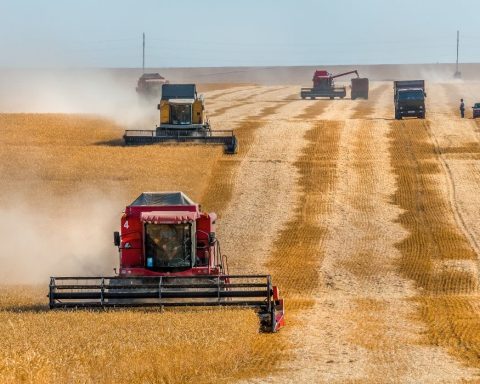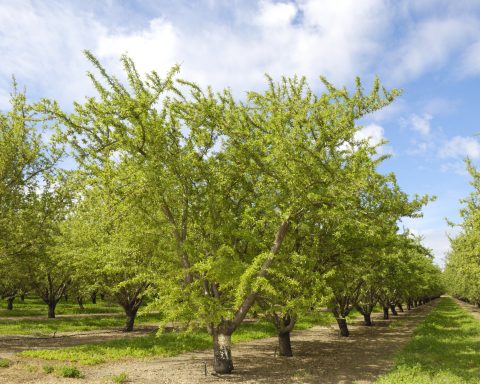“Taco Bell, I found you!” With that rallying cry, a U.S. social media influencer launches her taste test of fast-food vegan dishes. Jazzy Anne, who has 1.6 million YouTube subscribers, orders a Black Bean Crunchwrap Supreme. She’s been up since noon and hasn’t eaten all day, so she takes a big bite and says sourly, “Where are the beans?”
Three gulps later, she renders a verdict: “It’s good. It just feels a little empty. Not because there’s no meat, but because there’s so much tortilla and not much inside.”
Every revolution has its setbacks – even the plant-based protein movement, whose sales in the U.S. are expected to quintuple by 2030. But demand could grow even faster as news spreads of a new study published in Nature that concludes veggie foods offer a “double climate dividend” that could save the planet. Not only will the environment benefit from lower carbon emissions as veggie proteins eclipse meat production, but the grazing land freed up by this movement could regenerate as woodlands that sequester much more carbon than they emit.
The first dividend is easy to understand. A plant-based burger from a company such as Beyond Meat or Impossible Foods carries a carbon footprint one-20th that of a beef burger (which includes not just the cost of animal feed, but all that methane produced by cattle digestion).
The second dividend was calculated by a group of seven environmental scientists from the Netherlands, Austria and the United States. They studied the potential environmental impact if the residents of 54 high-income countries adopted a flexitarian diet ideal for personal and planet health, consisting of vegetables, fruits, whole grains and plant-protein sources such as nuts and beans. (Dairy products and meat are included in this flexitarian diet, but limited to just one egg equivalent every other day and one medium-sized burger a week.)
Every revolution has its setbacks – even the plant-based protein movement.
The study found that adopting this “EAT-Lancet Diet” would enable countries to cut their agricultural emissions by 62% – a huge saving, given that food production accounts for about one-third of global carbon emissions.
The icing on the carrot cake comes from repurposing grazing lands. Globally, livestock occupy nearly 80% of agricultural land. The researchers say diet transformation would free up 4.3 million square kilometres (or 1.6 million square miles) of pasture – an area larger than the European Union. If this land were reverted to natural forest or grasslands, which absorb carbon from the air, the study estimates the carbon reduction could, over time, total 150% more than the savings attained through dietary changes alone.
Such a shift isn’t theoretical. World Animal Protection, an animal-welfare organization, announced recently that restaurant chains’ use of meat alternatives saved the equivalent of more than 700,000 animals in 2021. That’s 212,000 pigs, 92,000 cows and 405,000 chickens. The savings were based on previous findings that 90% of plant-based meals are bought by customers who would otherwise have ordered a meat product.
We’ve all heard the excuses why nations can’t meet their Paris Agreement commitments to carbon-dioxide removal (CDR). The double-dividend researchers say we can now put those complaints out to pasture. “Regrowth of natural forest is arguably the single most effective natural climate solution throughout much of the world,” they write. “Our results suggest that ecosystem restoration facilitated by dietary change alone could potentially fulfill high-income countries’ CDR obligations needed to limit warming to 1.5°C.”
Bring on the beans!





